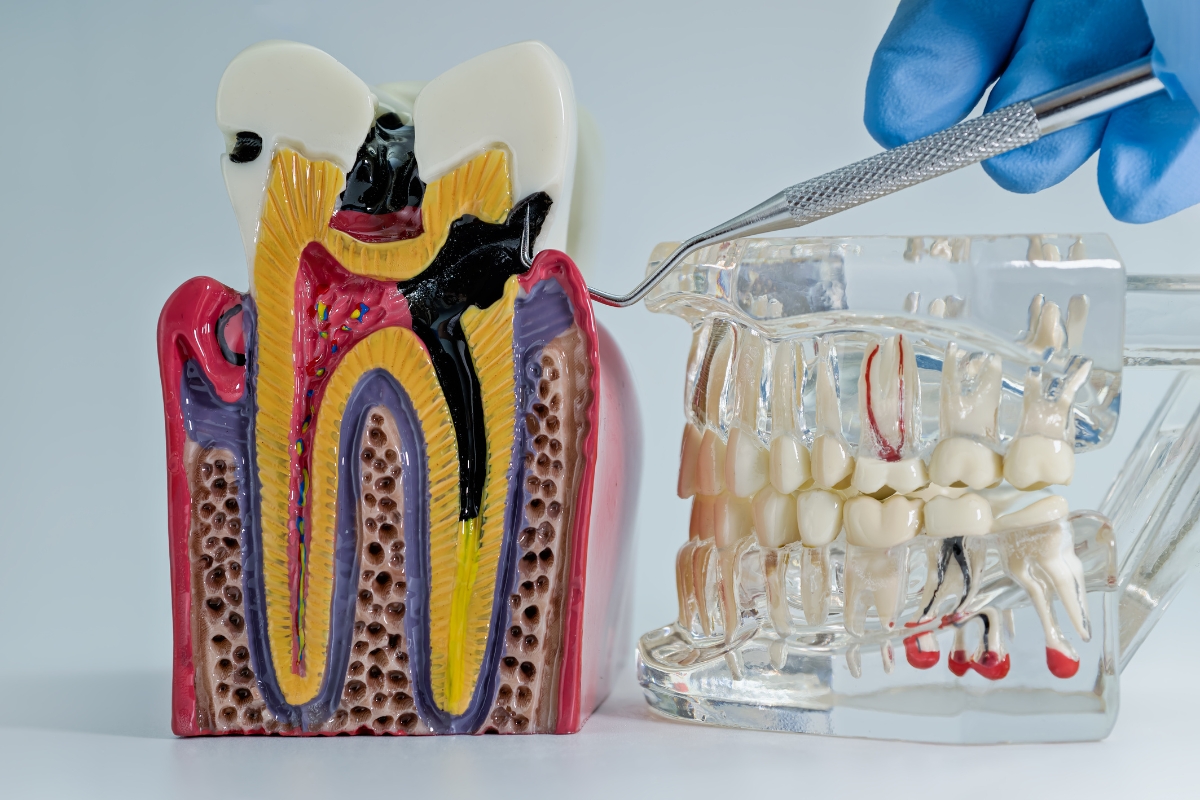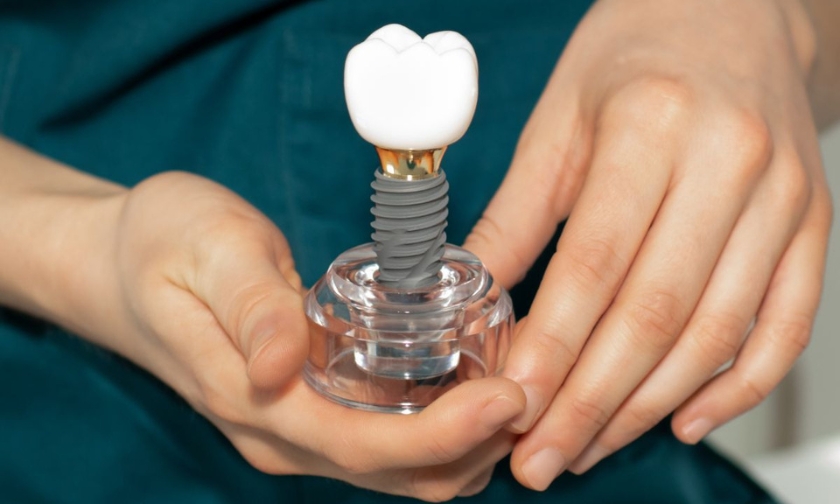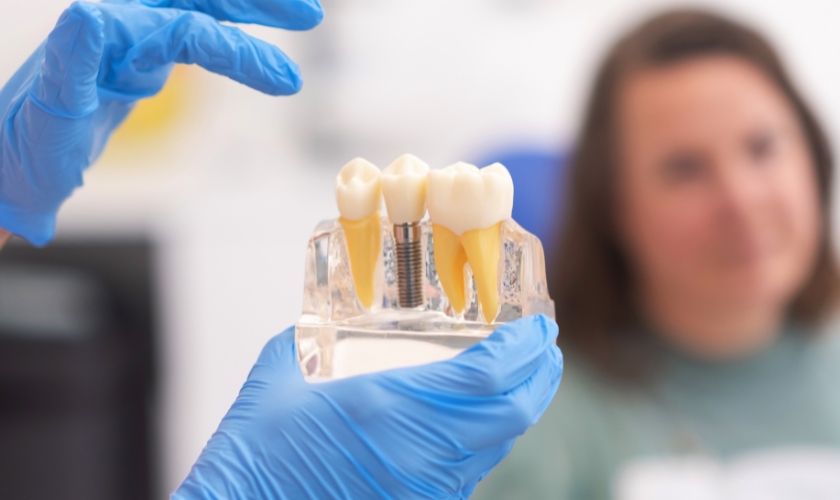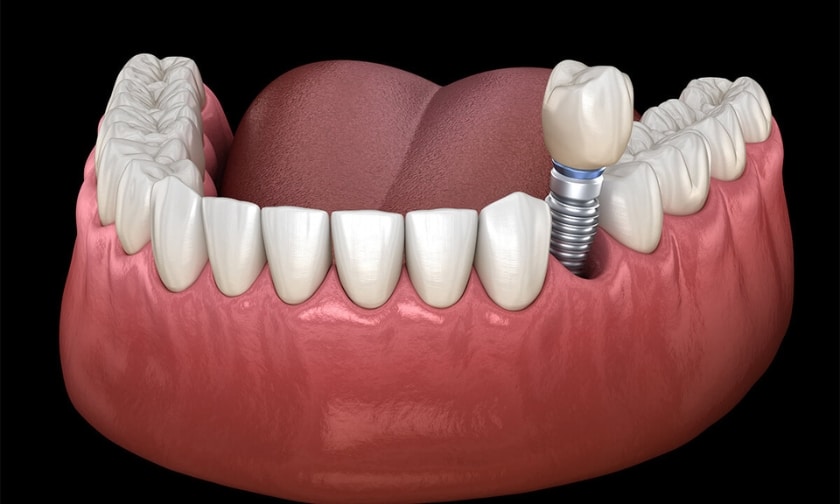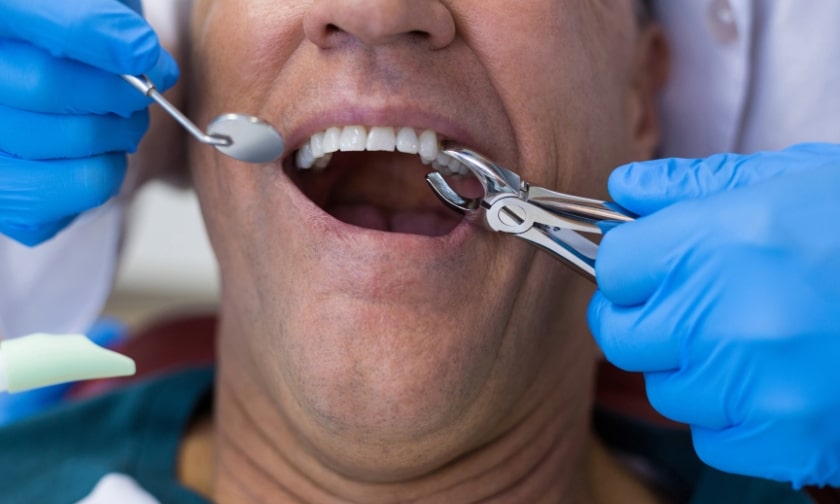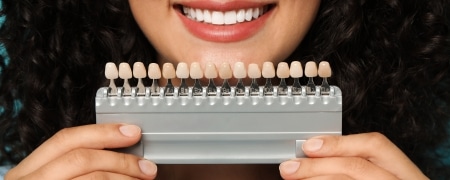Losing a dental bridge can be a stressful experience. You might feel surprised, anxious, or even embarrassed. But don't panic! This guide will walk you through the steps to take after your dental bridge falls out, from calming down to getting the professional help you need.
Stay Calm & Assess the Situation
The first thing to do is take a deep breath and stay calm. It's natural to feel shocked, but panicking won't help the situation.
Here's what to do next:
- Locate Your Bridge: Gently feel around your mouth to find the bridge. If it falls into a sink or tissue, retrieve it carefully. Avoid areas with sharp objects to prevent accidental cuts.
- Check for Damage & Oral Issues: Examine the bridge for any cracks, chips, or loose parts. Gently touch the area where the bridge was to see if there's any pain or discomfort. Look for signs of infection like swelling, redness, or pus.
If you experience significant pain or signs of infection, contact your Pittsburgh dentist immediately.
- Taking Care of the Exposed Area: Rinse your mouth with warm salt water to remove any food particles. Gently brush the exposed area with a soft-bristled toothbrush and mild toothpaste.
By following these steps, you can assess the situation and take initial measures to care for yourself and your bridge.
Cleaning & Storing Your Bridge
Once you've calmed down and assessed the situation, it's important to properly clean and store your bridge until your dentist appointment.
Here's how to clean your bridge:
- Use lukewarm water and a mild soap. Avoid harsh chemicals or abrasive cleaners, as they can damage the bridge.
- Gently brush the bridge with a soft-bristled toothbrush. Pay attention to any crevices or areas where debris might be trapped.
- Rinse the bridge thoroughly with clean water.
After cleaning, it's crucial to store your bridge safely:
- Find a clean container. A small Tupperware container or a resealable plastic bag will work well.
- Place the bridge inside the container. Make sure it's completely dry before storing it.
Storing your bridge properly will help prevent damage and ensure it's ready for your dentist to reattach or repair.
Contacting Your Dentist
Don't wait to get professional help! A lost dental bridge can expose sensitive areas of your mouth and increase your risk of infection. Here's why contacting your dentist near Pittsburgh as soon as possible is crucial:
Don't Wait! Schedule an Appointment ASAP: The longer you wait, the higher the chance of complications. Call your dentist and explain the situation. They will likely be able to see you within a day or two.
What to Tell Your Dentist: Be prepared to explain the following:
- When and how the bridge fell out.
- Any pain or discomfort you're experiencing.
- The condition of the bridge (any cracks, chips, or loose parts).
Preparing for Your Appointment: Here's what to bring:
- Your dental bridge (in its clean container).
- Your dental insurance information (if applicable).
- Any questions or concerns you may have?
By contacting your dentist promptly and providing them with all the necessary information, you can ensure a smooth and efficient appointment to address your lost bridge.
Temporary Solutions
It's important to understand that temporary solutions should not replace seeking professional help from your dentist. However, in some situations, you might be wondering if there's anything you can do at home until your appointment.
- Can I Reattach the Bridge Myself?: We strongly advise against using any permanent adhesives or glue to reattach your bridge yourself. This can further damage the bridge and complicate the repair process for your dentist.
- Alternatives for Aesthetics & Comfort: If you're concerned about the appearance of the gap while you wait for your appointment, you can consider using sugar-free gum (avoid chewing food) to temporarily fill the space. This can also provide some comfort for the exposed area.
Remember, these are temporary solutions and shouldn't be used as a long-term fix. Your dentist will be able to properly reattach or repair your bridge to ensure optimal functionality and aesthetics.
Regaining Your Smile: The Path Forward
Losing a dental bridge can be a disruptive experience, but by following the steps outlined in this guide, you can effectively manage the situation and get the professional help you need. Remember:
- Stay calm and assess the situation.
- Clean and store your bridge properly.
- Contact your dentist and schedule an appointment as soon as possible.
- Avoid using temporary solutions as a long-term fix.
With prompt action and proper dental care, you can regain a healthy and functional smile. Don't hesitate to reach out to your Pittsburgh dentist if you have any further questions or concerns.
Frequently Asked Questions
Why Did My Bridge Fall Out?
Loose Cement: Over time, the cement holding the bridge in place can weaken due to wear and tear, allowing the bridge to become loose and eventually fall out.
Improper Care: Not practicing proper oral hygiene or putting excessive stress on the bridge (chewing on hard objects) can contribute to its failure.
How Much Does Fixing a Dental Bridge Cost?
The cost of fixing a dental bridge can vary depending on the severity of the damage and the treatment required. It might involve receiving the bridge, repairing minor cracks, or creating a completely new bridge.
Can a Dental Bridge Be Repaired, or Do I Need a New One?
Whether your bridge can be repaired or needs to be replaced depends on the extent of the damage. Your dentist will examine the bridge and the supporting teeth to determine the best course of action. In some cases, a simple recementing might suffice. However, if there's significant damage, a new bridge might be necessary.

